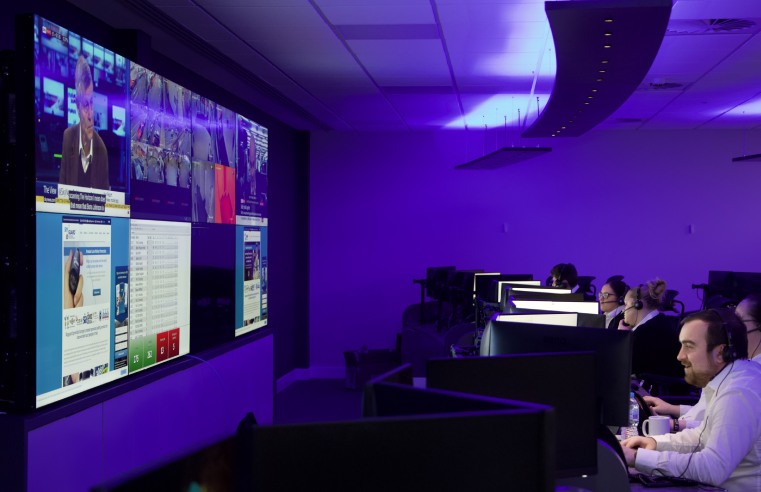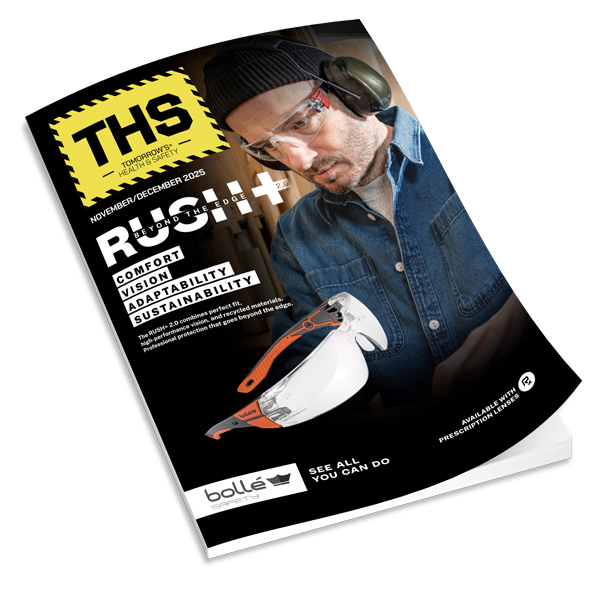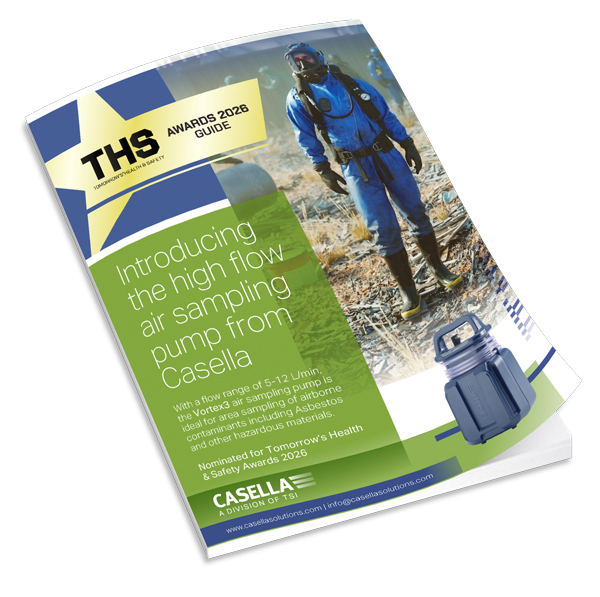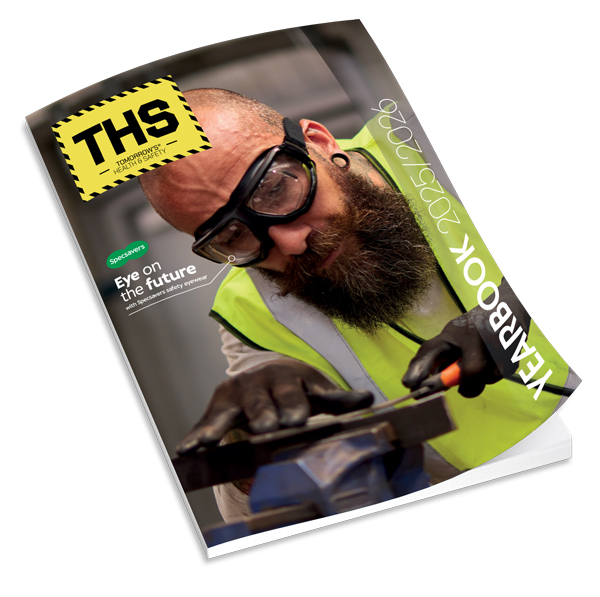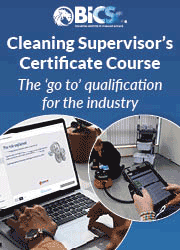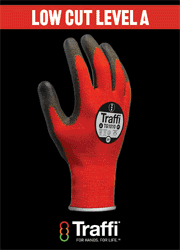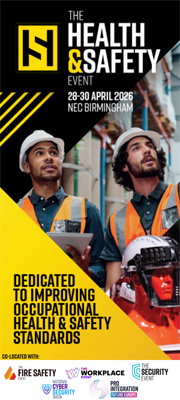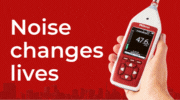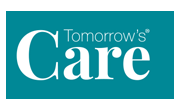Naz Dossa, CEO of Peoplesafe, looks at what it takes to keep lone-workers safe around-the-clock.
Health and safety risks don’t stop when your employees down tools for the day - so health and safety protocols shouldn’t end there either - certainly that’s the sentiment that’s coming through loud and clear from employers across a range of industries. With growing numbers of workers facing shifts and commutes during quieter, less sociable hours, many employees could be at higher risk of accidents or emergencies, unless additional measures are in place to protect them.
Whenever workers are alone, they’re exposed to greater health and safety risks. Being alone automatically makes them more vulnerable because if they do have an accident or find themselves in an emergency situation, they don’t have anyone there to assist them. They may need to make a safety decision on the spot, and without anyone to ask for a second opinion, they could make the wrong decision. Or they may find themselves facing abuse alone, with nobody to help them to diffuse the situation.
Who’s at risk?
Unfortunately, many hospitality workers found themselves facing abusive situations last year. Peoplesafe’s statistics show that the number of abusive incidents hotel workers had to deal with more than doubled during the summer of 2020, compared to 2019 figures. In fact, the number of incidents received by the company’s Alarm Receiving Centre (ARC) in August, September and October 2020 increased by 215%, 320% and 170% respectively as hotels opened their doors again between the two lockdowns.
With social distancing measures in place and with many venues being forced to reduce their workforce, many hospitality workers could now be classed as ‘lone workers’ - a term that the Health and Safety Executive (HSE) defines as ‘anyone who works by themselves or without close or direct supervision’. In the hospitality industry, this could be a bartender operating alone late at night, or a receptionist working alone behind the front desk. The increase in health and safety incidents within the hospitality sector directly coincided with a growing proportion of lone workers in the industry.
Hospital and care workers have also been required to work alone more frequently since the pandemic began, to reduce the risk of infecting vulnerable patients. These measures, however, could put workers themselves at greater risk, as they will be required to deal with members of the public (whether patients or guests) by themselves more frequently.
But workers aren’t just at risk while they’re on the clock - with shift patterns changing to accommodate COVID-19 guidelines, and emptier streets due to more people working from home, employees are also facing increased health and safety risks during their commute. We’d encourage employers to revisit risk assessments, ensuring that skills including dynamic risk assessment and diffusing an aggressor are kept up-to-date. It’s also important to remember that lone worker solutions should provide 24/7 support.
Keeping employees safe 24/7
When an employee leaves their workplace, it’s not practical for employers to monitor them to ensure that they stay healthy and safe - so how can they give them the right tools to help them to protect themselves?
Firstly, employers should revisit risk assessments to ensure they’re providing adequate protection for lone workers. As risk assessments are likely to be regularly reviewed in light of shifting COVID-19 guidelines anyway, organisations should make sure they consider how any changes that have been made to employees’ shift patterns or working environment could impact their health and safety - including their commute. If an employee has moved from the day to the night shift, for example, they may be making their way to work during darker, quieter times which could increase their risk.
Once areas of risk have been identified, employers may need to put additional measures in place to keep employees safe round-the-clock. One of the ways in which this can be done is by equipping staff with health and safety skills they can use wherever and whenever they’re needed. Training people in how to effectively diffuse an aggressor, for example, can help them to protect themselves whenever they are alone - whether that’s during a shift or while they’re travelling to and from work.
Many employers are also investing in lone worker technology, as these solutions provide 24/7 support to employees. Peoplesafe’s Alarm Receiving Centre (ARC), for example, operates around the clock, with alerts answered in 5.8 seconds on average.
With this technology to hand, employees can access instant support whenever and wherever they need it, helping them to stay protected whether they’re on-site, commuting or working from home. Companies that have invested in a lone worker service should therefore encourage employees to carry it with them at all times, whether they have a dedicated device or an app installed on their smartphone.






